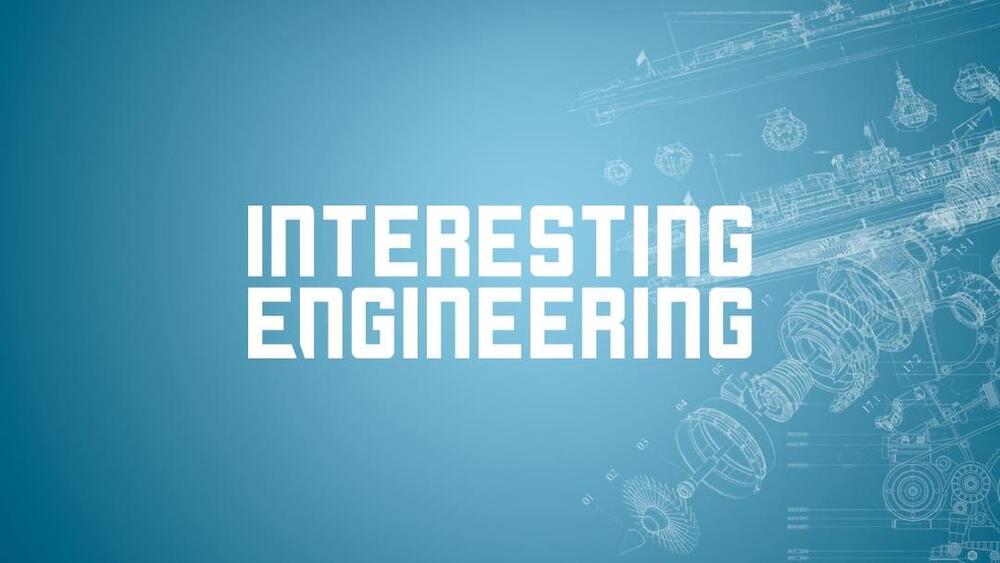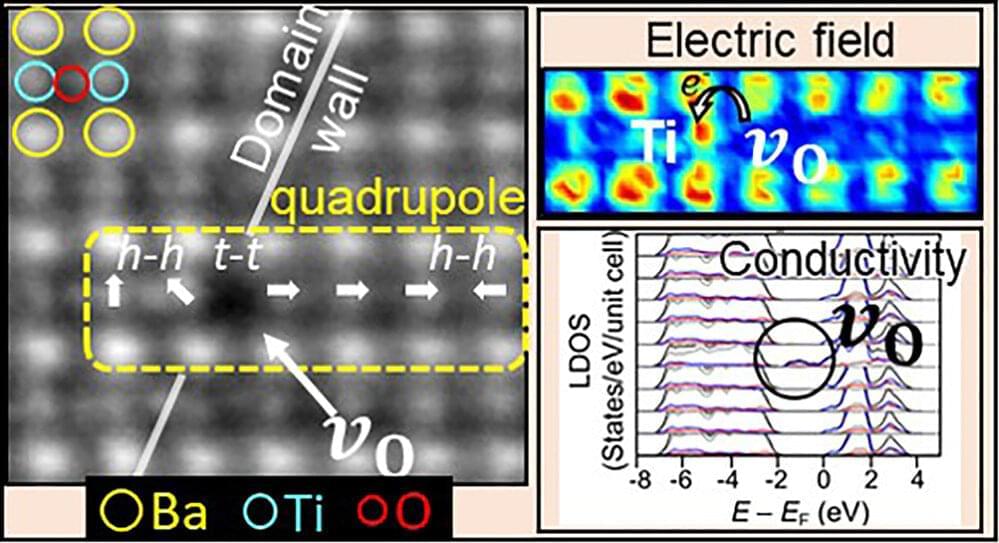JWST’s sunshield is fully deployed! The sunshield’s deployment is what everyone involved in this mission was most nervous about, because you can’t predict exactly how fabric will move—especially not in zero-G.
This sunshield will always be between the telescope and the Sun/Earth/Moon. JWST will circle the Sun 1.5 million kilometers distant from (but almost in line with) the Earth, allowing it to be positioned in this manner.
By passively venting its heat into space, the sunshield will enable the telescope to drop to a temperature below 50 Kelvin (−370°F, or-223°C). Through a passive cooling system, the near-infrared instruments (NIRCam, NIRSpec, FGS/NIRISS) will operate at about 39 K (−389°F,-234°C). Using a helium refrigerator, or cryocooler system, the mid-infrared instrument (MIRI) will operate at a temperature of 7 K (−447°F,-266°C).
The sunshield not only creates a cool environment, but also one that is thermally stable. This is necessary to keep the primary mirror segments in appropriate alignment while the telescope rotates around the Sun.






